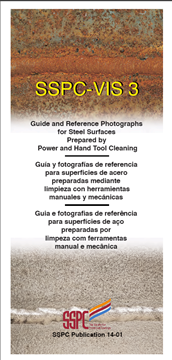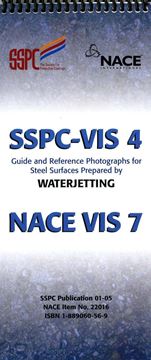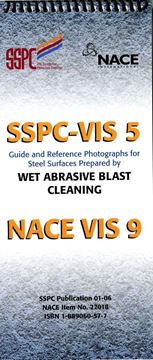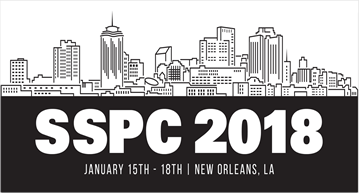Search
Products tagged with 'visual inspection'
View as
Sort by
Display
per page
NACE No. 3/SSPC-SP 6-2006-SG (Chinese), Commercial Blast Cleaning
Product Number:
21131-SG
ISBN:
1-57590-109-9
Publication Date:
2006
$179.00
Painting Over Galvanizing Successfully by Using SSPC- Guide 19
Product Number:
41216-974-SG
Publication Date:
2016
$20.00
Remote, Visual Inspection And Digital Analysis For External Corrosion Assessment In Refining Unit Applications
Product Number:
51321-16542-SG
Publication Date:
2021
$20.00
SSPC-SP 7/NACE No. 4-2006, Brush-Off Blast Cleaning
Product Number:
21068-SG
ISBN:
1-57590-102-1
Publication Date:
2006
$109.00
Using Peak Density in the Evaluation of the Surface Preparation of Hot-Dipped Galvanized Steel
Product Number:
51219-182-SG
Publication Date:
2019
$20.00
Visual Determination of Film Thickness via Real-Time Enhanced Digital Imaging
Product Number:
51218-147-SG
Publication Date:
2018
$20.00










